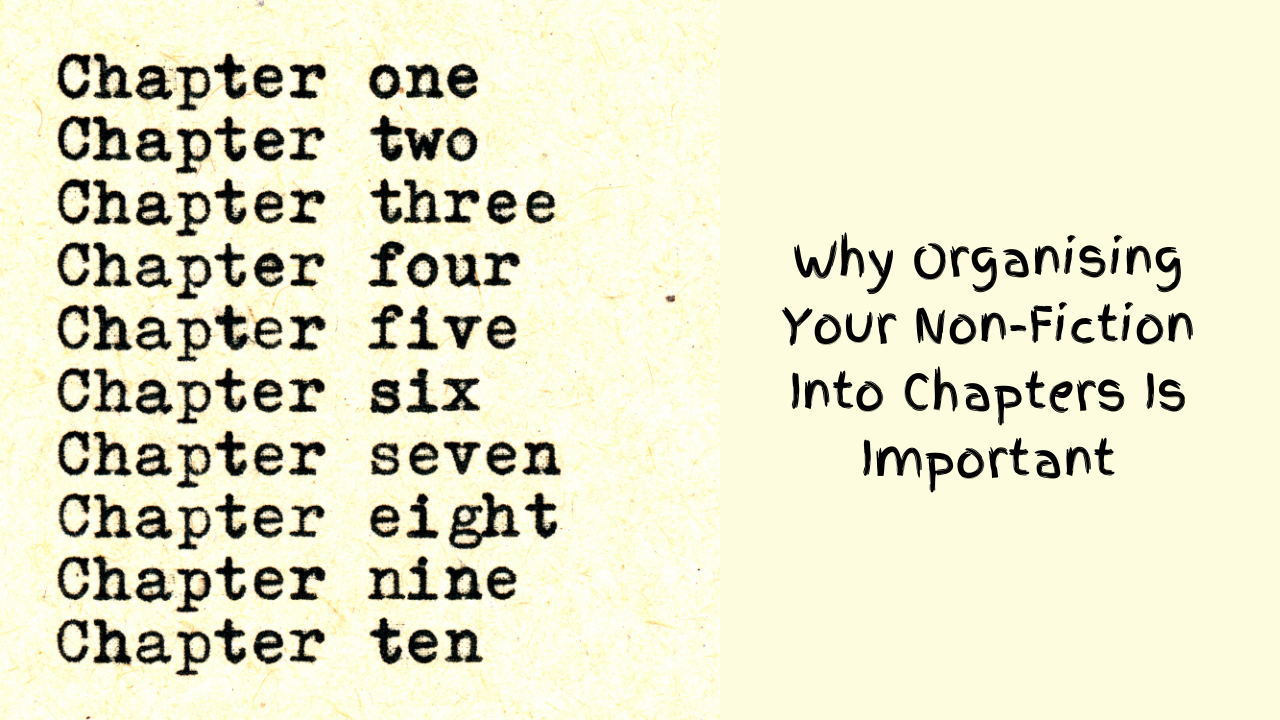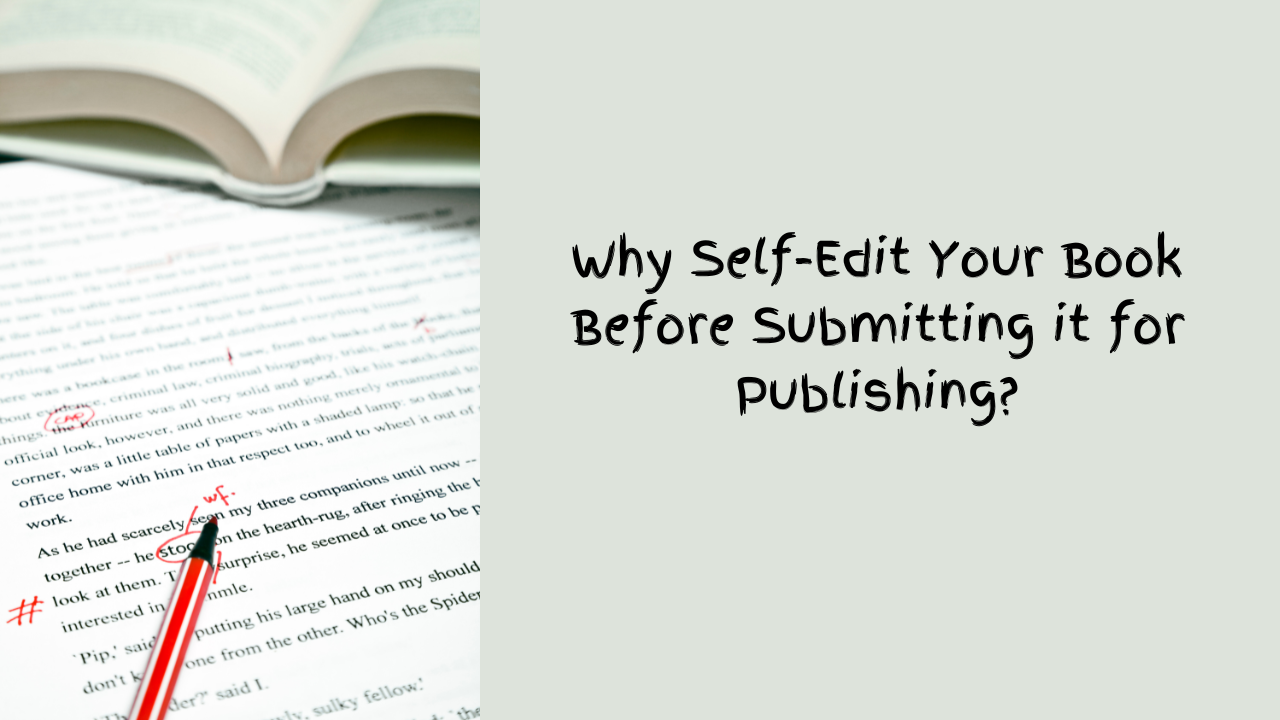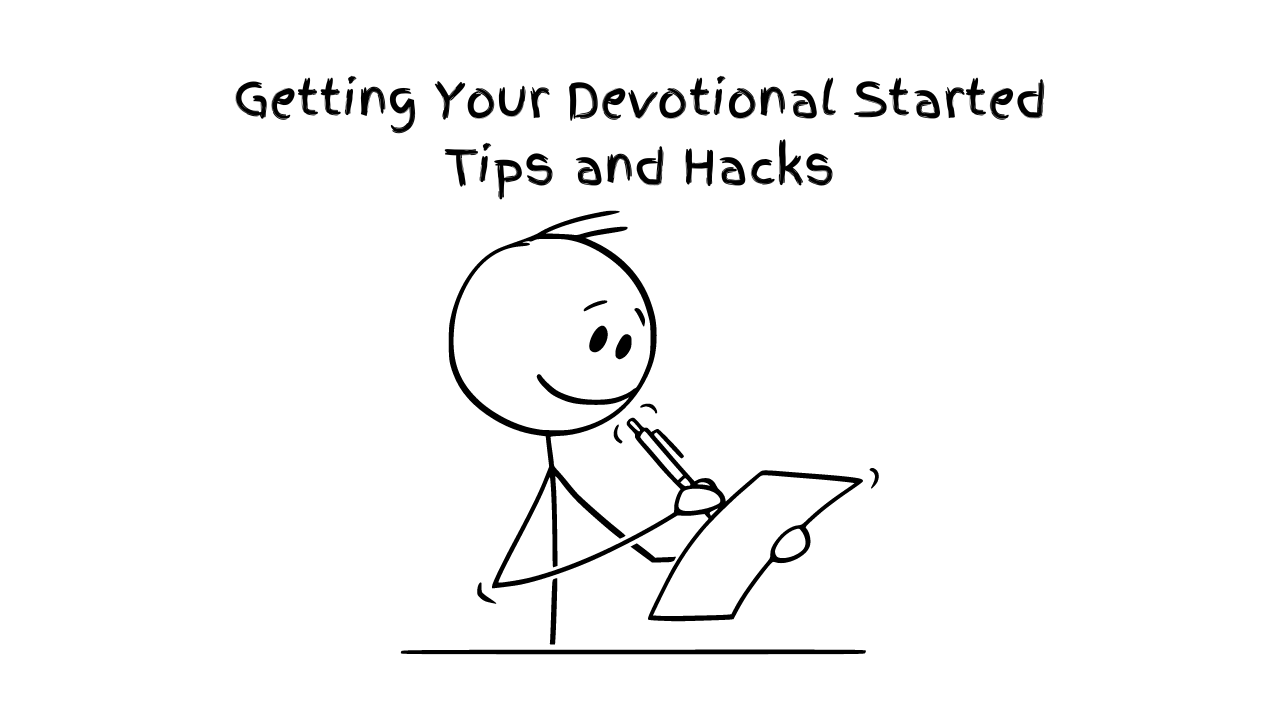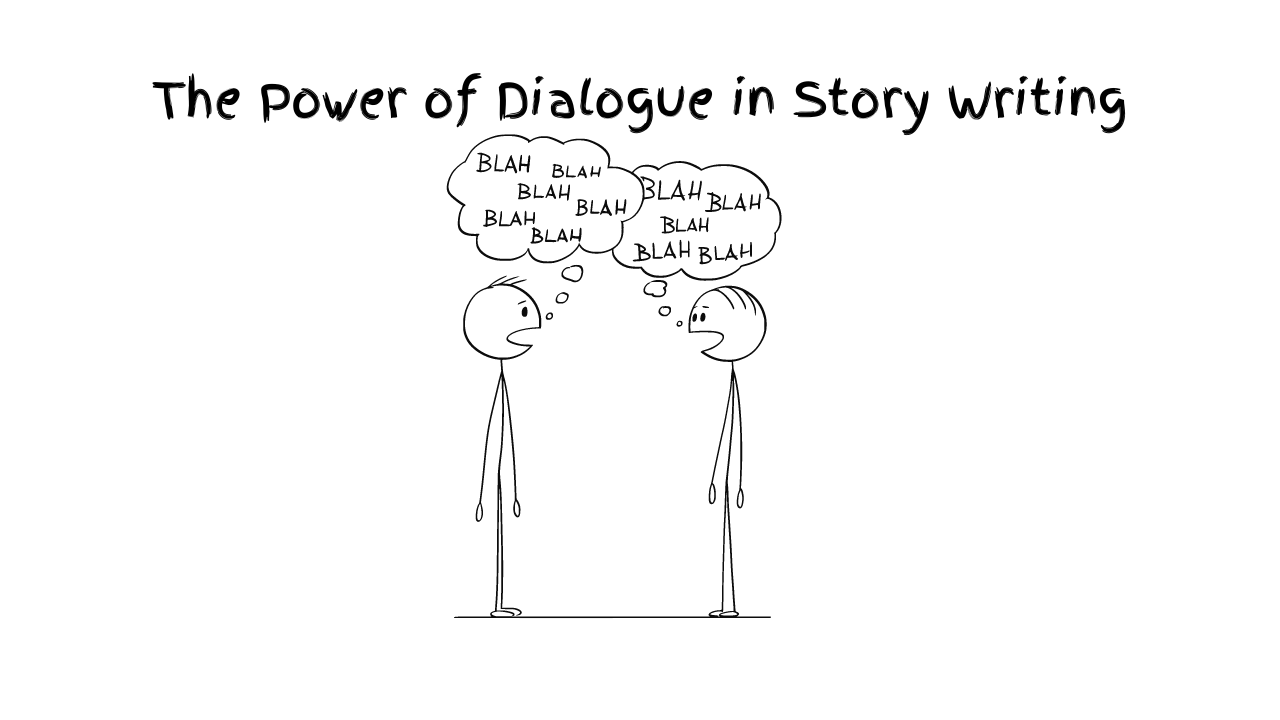Books often start with an introduction before getting into the detailed chapters. This introductory chapter is usually between one to three pages long, and is meant to provide information on what the book is going to be about. It gives background information, talks about why the book is important and gives an overview of the contents.
1. Use your book outline to develop your book introduction. Think about your main ideas as you are writing notes for your introduction. You can develop these main ideas from your outline points.
2. Hook the reader right from the beginning. It’s important to pull your readers in from the very first paragraph. Most of the successful writers have used a personal story from their lives, a funny story, a joke, or just an interesting fact that causes the reader to want to continue reading.
3. After the hooking paragraph, give the reader the general message of your book while highlighting the main purpose why you wrote the book. You want the reader to be convinced on why he/she needs to read your book.
4. At this point, you need to discuss (in a paragraph or two) who the book is intended for. Ensure you profile your desired reader and touch on his/her pain points. People will connect with you when they feel you can solve their problems or answer their questions.
5. In your concluding paragraph, lead the reader towards your first chapter. You want the transition to be seamless and not feel like there is a big jump from introduction to chapter one.
6. Remember to utilize the divine resource that is the Holy Spirit. He knows what He wants to communicate to His people through you. You should not do the book alone: pray, ask, meditate, listen and start typing…
Next we will look at How to Write a Conclusion.
Training by: Dr. Muthoni Mercy Omukhango
Step1: Prepare Yourself to Get Published…
Are you ready to publish your book? Here is how you need to prepare. Have your manuscript ready and explore the oprions available today. If you are stuck in getting it started or finished, there is several ways to get help. Explore and get published today!
Read MoreStep2: Let’s Talk About Publishing
The self-publishing landscape has changed considerably in the past two decades with new technologies such as the Internet, and the $1 billion markets continuing to change at a rapid pace. Increasingly, there are numerous alternatives to traditional publishing, and self-publishing is becoming the first choice for writers.
Read MoreStep3: Factors to Consider Before Self Publishing
Jesus, while talking to the disciples about following Him, asked them to count the cost. The same Scripture applies to authors today - you have to count the cost from the beginning to ensure you don't stop at some point in your book project's journey.
Read MoreStep4: Requirements for Self Publishing
Are you ready to be published? Use our 4 points check list and tick 'Published Author' box so you can move on to the next God-given assignment...
Read MoreStep5: Publishing Steps – Review
Is your manuscript due for a review towards getting published? The major focus during manuscript review is the general quality of the book. It is important to establish the overall completeness, scope and readership of the manuscript and whether the presentation and accessibility of the book is suitable. #RaisingAfricanVoices
Read MoreStep5a: How to Write a Book Dedication
A book dedication is a way for you, the author to bestow a high honor on a person (or a group of people) you wish to praise or otherwise spotlight. This dedication note is often short and usually focused on one person (or a specific group of people). It’s supposed to be personal, rather than professional. It goes on the dedication page, which is in the very front of the book, after the title page. Here's how to write one. #RaisingAfricanVoices
Read MoreStep5b: How to Write a Book’s Foreword
A well-written foreword can function as the ultimate third-party recommendation or endorsement for your book, generating interest and helping when it’s time to market your book. Here are the benefits of forewords and a guide to writing one. #RaisingAfricanVoices
Read MoreStep5c: How to Write a Book Introduction
Are you stuck on writing your book introduction? Here's how to... Hook the reader right from the beginning with a personal story from your life, a funny story, a joke, or just an interesting fact that causes him/her to want to continue reading. #RaisingAfricanVoices
Read MoreStep5d: How to Write a Book’s Conclusion
If your readers are in the conclusion chapter, it also means they read the whole book, they liked it, and now they want you to wrap it up. So don’t rash it. Give them what they want. Here's how to write a good conclusion for your book. #RaisingAfricanVoices
Read MoreStep5e: How to Write an Author’s Bio
People are looking for reasons why they should spend their time reading what you have written. You need to instill confidence in your readers that you are knowledgeable on the subject matter by writing an appropriate bio. Here's how to write one. #RaisingAfricanVoices
Read MoreStep5f: How to Write a Book’s Blurb
A blurb is a short yet descriptive account of the book that goes on the back cover or within the book sleeve of a hardcover book. It includes any information that represents the book best and intrigues the readers and shoppers to pick the book off the shelves. Here's how to write one... #RaisingAfricanVoices
Read MoreStep5g: What to Include in the Copyright Page and Complete the Copyrighting Process
Copyright law gives creators of original material the exclusive right to further use and duplicate that material for a given amount of time, at which point the copyrighted item becomes public domain. Here's what you need to know. #RaisingAfricanVoices
Read MoreStep5h: How to Write an Acknowledgment
An acknowledgment section in a book provides the space to go into lenghty details in thanking the people who were sources of inspiration and support for your book and life. Here'show to write one. #RaisingAfricanVoices
Read MoreStep5i: How to Write a Table of Contents
A table of content shows the things that are held or included in something. In the book industry, it is a list of the chapters or sections given at the front of a book or periodical. Here's how to write one... #RaisingAfricanVoices
Read MoreStep5j: Should a Non-Fiction Book Have a Subtitle?
A book’s subtitle is a secondary title that typically follows the main title and provides additional information about the book’s content, theme, or purpose.For example, in the book “Mere Christianity” by C.S. Lewis, the subtitle is “The Case for Christianity, Christian Behavior, and Beyond,” which gives potential readers a clearer idea of the subjects covered […]
Read MoreStep5k: Why Organising Your Non-Fiction Into Chapters Is Important
A book’s chapter is a distinct section within the book that focuses on a specific topic or aspect of the overall subject. Each chapter typically serves a unique purpose and contributes to the development of the book’s main theme or narrative. Here are some key characteristics of chapters: Organizes Content: Chapters help structure the book’s […]
Read MoreStep5l: Why Self-Edit Your Book Before Submitting it for Publishing?
Self-editing of creative books involves reviewing and revising your own manuscript to improve its clarity, coherence, and overall quality before submitting it for professional editing or publishing. This process is crucial for refining the content and ensuring that the book effectively communicates its message.Self-editing requires careful attention to detail and a critical eye to spot […]
Read MoreStep6a: How to Write a Devotional
A devotional book is a literary work designed to provide spiritual inspiration, guidance, and reflection for readers seeking to deepen their faith and relationship with God.
Read MoreStep6b: How to Write a Captivating Novel
A great novel is a complex interplay of various elements, but some key components often contribute to its greatness.
Read MoreStep6c: How to Use Dialogue in Story Writing
Effective dialogue is characterized by authenticity, clarity, and relevance to the story. It should sound natural and believable, reflecting the unique voices and perspectives of the characters. Dialogue tags, such as "said," "asked," and "replied," help identify speakers and maintain clarity in conversations.
Read MoreStep6d: How to Use ‘Show Don’t Tell’ in Story Writing
"Show don't tell" is a fundamental principle in storytelling that encourages writers to use descriptive language, actions, dialogue and scenes to reveal information to the reader, rather than simply telling them outright.
Read MoreStep6e: How to Elevate a Non-fiction Christian Book to Make it Personal and Engaging
"Show don't tell" is a fundamental principle in storytelling that encourages writers to use descriptive language, actions, dialogue and scenes to reveal information to the reader, rather than simply telling them outright.
Read MoreStep6f: Ethical ways to use other people’s public stories in a non-fiction Christian book
"Show don't tell" is a fundamental principle in storytelling that encourages writers to use descriptive language, actions, dialogue and scenes to reveal information to the reader, rather than simply telling them outright.
Read MoreStep6g: How to overcome the challenge of mixed languages in writing a manuscript
"Show don't tell" is a fundamental principle in storytelling that encourages writers to use descriptive language, actions, dialogue and scenes to reveal information to the reader, rather than simply telling them outright.
Read MoreStep6h: How to Peer Review Fiction and Non-Fiction Christian Literature Manuscripts
Here are some tips for effectively peer reviewing such a manuscript:
Read MoreStep7a: The Art of the Author Photo: Essential Specs for a Professional and Polished Image
Professional photos on a book’s back page play a crucial role in an author’s branding and marketing strategy.
Read MoreTerms and Conditions for Traditional Publishing/Adapting Existing Books into Other Versions
At the moment, call for manuscript submission is on invite only. Please bear with us until a public call is made. 1. Overview This agreement sets forth the terms and conditions for the adaptation of an existing book into a different version by CLC Kenya/ACABA. The goal of this adaptation is to expand the reach […]
Read More


























